Op-Ed
If You Want to Support the Arts in America, Invest in the South. Here’s Why
A person living in the South sees $1 of arts philanthropy for every $4 someone in the Northeast gets. That's a problem.
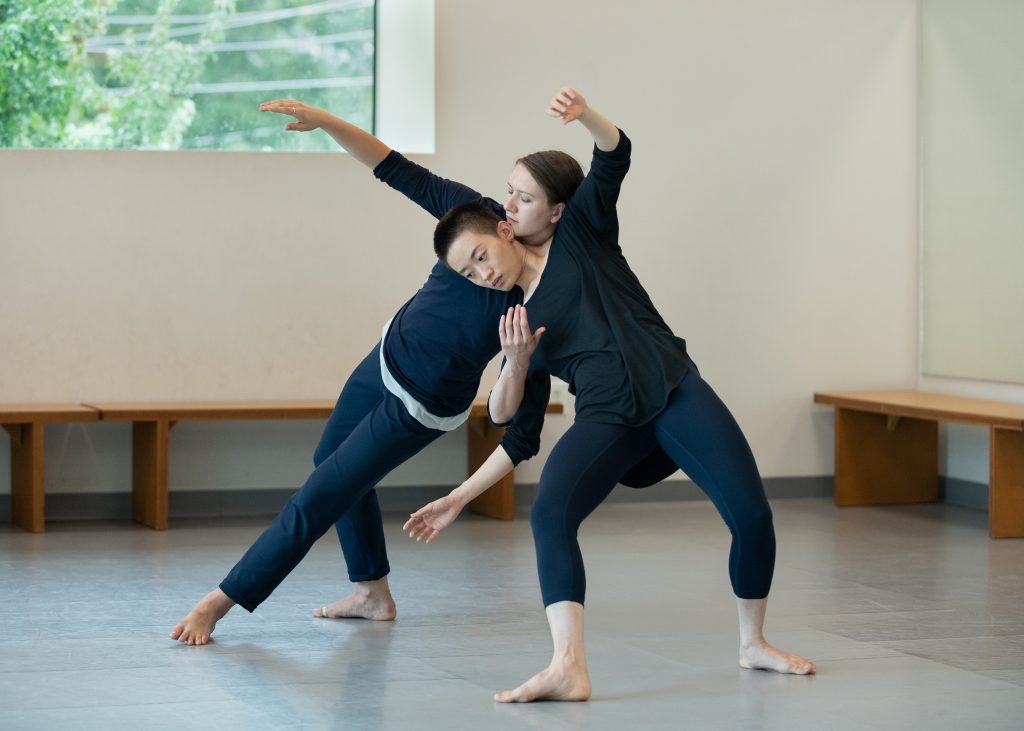
A person living in the South sees $1 of arts philanthropy for every $4 someone in the Northeast gets. That's a problem.

Susie Surkamer &
Joy Young

According to the latest United States Census, the South is home to nearly 40 percent of all Americans, making it the most populous region in the country. It is also the least supported by arts funding.
A recent study found that a person living in the South received only $4.21 in arts and culture funding from philanthropy, compared to the national average of $8.60 per person. If you’re reading this in New York or Boston, know that Northeasterners receive about $16.
Each region of the country boasts a cultural tradition that cannot be replicated elsewhere, and thus must be supported at home. For the South, this encompasses everything from Atlanta’s historic museums, to Miami’s art fairs, to the work of Gee’s Bend quilters in Alabama. And that’s just the visual arts.
The South’s cultural traditions—jazz and blues, literature and storytelling, Cajun cooking—are the bedrock of American life. And almost all of it can be traced back to BIPOC (Black, Indigenous, People of Color) communities. Yet the art of the South receives half of the investment made in other parts of the country.
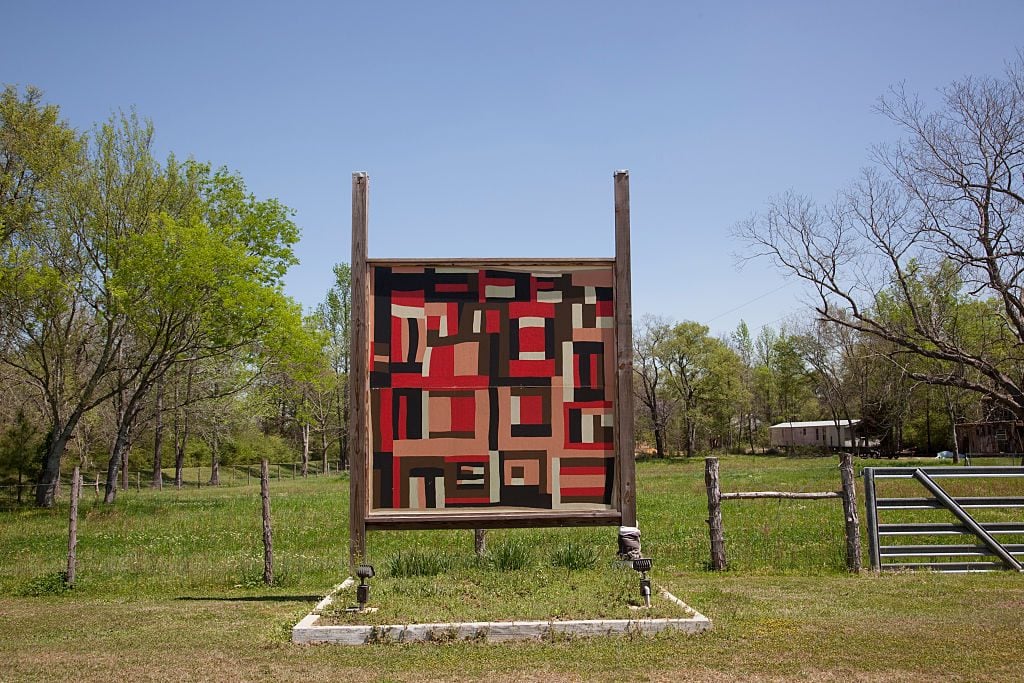
A quilt on display in Gee’s Bend, Alabama. Photo by Carol M. Highsmith/Buyenlarge/Getty Images.
As a nation, we have spent the past few years thinking about equity and equality in the arts. At South Arts, a regional arts organization supporting the arts through grants, fellowships, and programs, this work has meant listening to our communities to understand how we got to this point and where we can go next.
That’s why, this month, with support from the Ford Foundation, we are launching Southern Cultural Treasures, a large-scale, multi-state initiative designed to provide significant operational funding to BIPOC-led and -serving arts organizations. It’s our best effort to begin correcting an inequitable past.
The history of why and how parts of the United States have been structurally excluded from arts support is incredibly nuanced, but there are certain common denominators.
There’s often an inability or unwillingness from national organizations to fund local and regional organizations. This is sometimes a product of invisibility, erasure, or lack of regional knowledge (and it’s why national-regional partnerships are integral to getting support where it needs to go).
Other times, organizations are more officially written off due to their size, non-profit status, lack of infrastructure, or stated mission. Craft and traditional arts groups are often historically underfunded; those serving BIPOC communities are twice-marginalized.
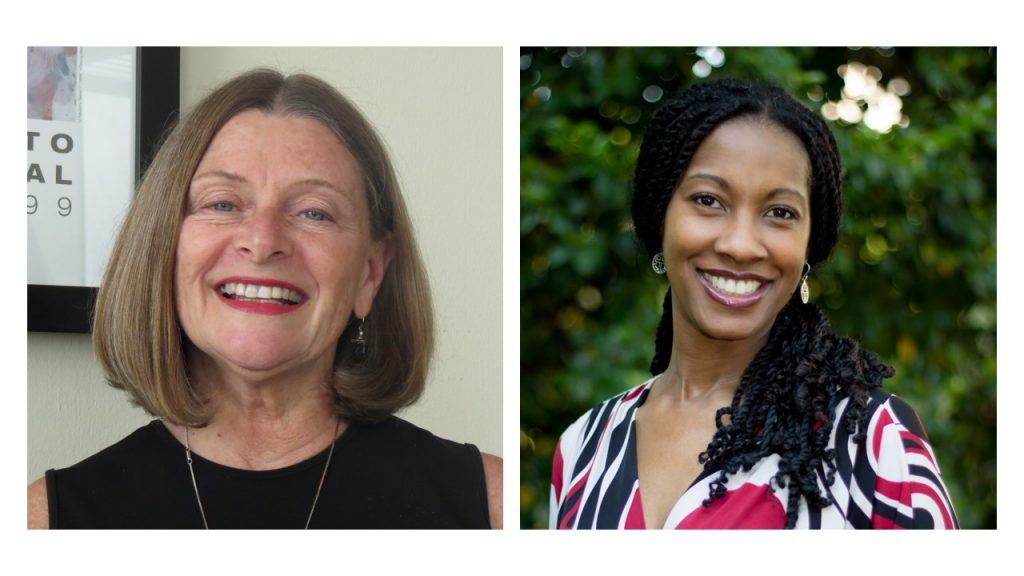
The authors, from left: Susie Surkamer and Joy Young.
But the disconnect goes two ways; those in need of support often don’t apply. This hesitation comes from social memory (the feeling that the opportunity is not for them) as well as bureaucratic hoops. How many grassroots organizations have the resources to hire a grant writer? In our research, we realized that arts funders’ go-to application language itself can feel exclusionary to certain audiences, so we’ve been trying to rework our messaging—scrapping jargon to focus on inclusivity, accessibility, and the personal stories of those looking for support.
And while the cultural reckoning of the past few years has led to great progress, even today’s best intentions can be impeded by old habits. For instance, even with recent efforts to fund diversity initiatives, money is often funneled toward more established organizations with programming that has Western European cultural roots (and audiences that are predominantly white and upper income).
A recent study found that just two percent of cultural institutions receive 60 percent of contributed funding. Often, this comes at the expense of small, grassroots organizations led by and serving BIPOC cultural efforts.
As a regional arts organization, we’ve worked across nine states in the South since 1975, and have seen how the conditions outlined above have created an arts infrastructure that is culturally and geographically unique.
To begin with, in the absence of equitable national support, local organizations have relied on a symbiotic relationship with their communities, and as a result, are central to the lives of their constituents. This is of course a silver lining to systemic neglect, but it is an interesting byproduct, and speaks to the resilience and creativity shared among the arts organizations in the region.
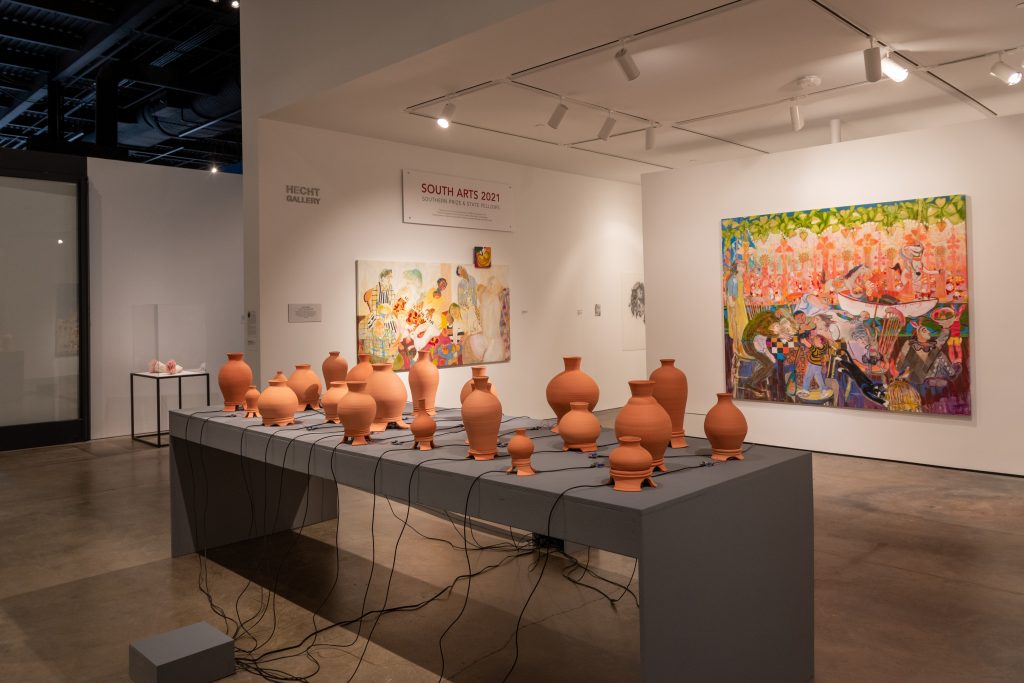
The 2021 Southern Prize and State Fellowships exhibition on display at the Bo Bartlett Center for the Arts in Columbus, Georgia. Photo by Ivan Schustak.
Another regional characteristic—and one that has dramatically shaped the history of the nation—is that, as engines of community building, arts organizations throughout the BIPOC South have been inextricably linked to social justice causes. This was visible during the Civil Rights era of the 1950s and ‘60s, when groups like the Free Summer Theater worked alongside the Student Nonviolent Coordinating Committee, and it’s visible in the days of Black Lives Matter.
These two elements ensure that a dollar spent on the arts goes farther in the rural or BIPOC South than it might New York or Boston—and it often pays dividends in enriching the social fabric of small communities. As arts funders, then, we must ask ourselves: How do we amplify this good work? The answer is simple: funnel national dollars to small organizations, allowing them to scale and thrive.
Launched with support from the Ford Foundation as well as private and public donors in and outside the region, Southern Cultural Treasures will invest $6 million in 12 to 15 BIPOC-led and -serving arts organizations in the South over the next four years. In addition to the funding, each organization will become part of a cohort that receives professional development, networking opportunities, and other tools to help them realize their missions.
As these organizations grow in scale, they will in turn be able to support more individuals.
After witnessing decades of austerity—of making do—these world-changing organizations deserve long-term stability. What they achieve will have an exponential impact on both the artists they support and the communities they serve.
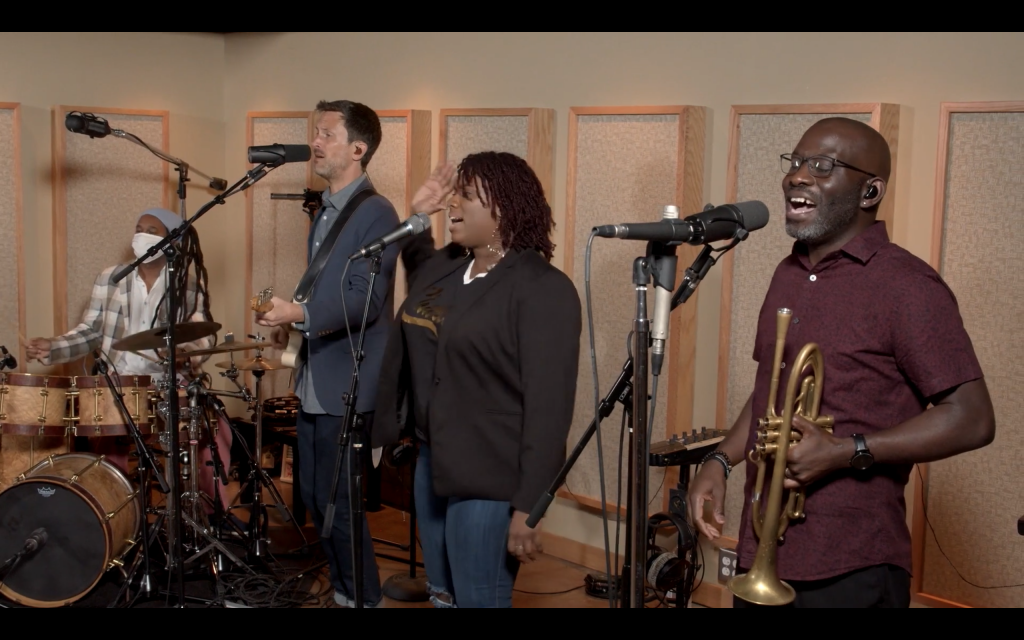
A virtual performance and residency between Ranky Tanky and Duke Performances of Duke University in Durham, North Carolina, in fall 2020. Image courtesy of Duke Performances.
Our work has already begun. This week, we will open applications for Southern Cultural Treasures. If you lead a BIPOC organization in the South, we hope you’ll consider applying. If you’re a funder interested in joining our coalition, we hope you’ll reach out as well. So much of this work is resource sharing.
This has been the story of one corner of America. But while the details change, the impact of art can be felt in every corner of the country. Consider how cultural life in your home—be it in New York, Los Angeles, or Tuscaloosa—depends upon the influence of different regions. American heritage is a shared tradition, and failures to properly support one segment affect us all.
Remember: Culture doesn’t just happen. Consider arts organizations in your hometown. How do they support the community? How are they supported? And if they weren’t there, how would your world change?
Susie Surkamer is the president and CEO of South Arts. Joy Young, Ph.D., is the vice president of programs of South Arts.